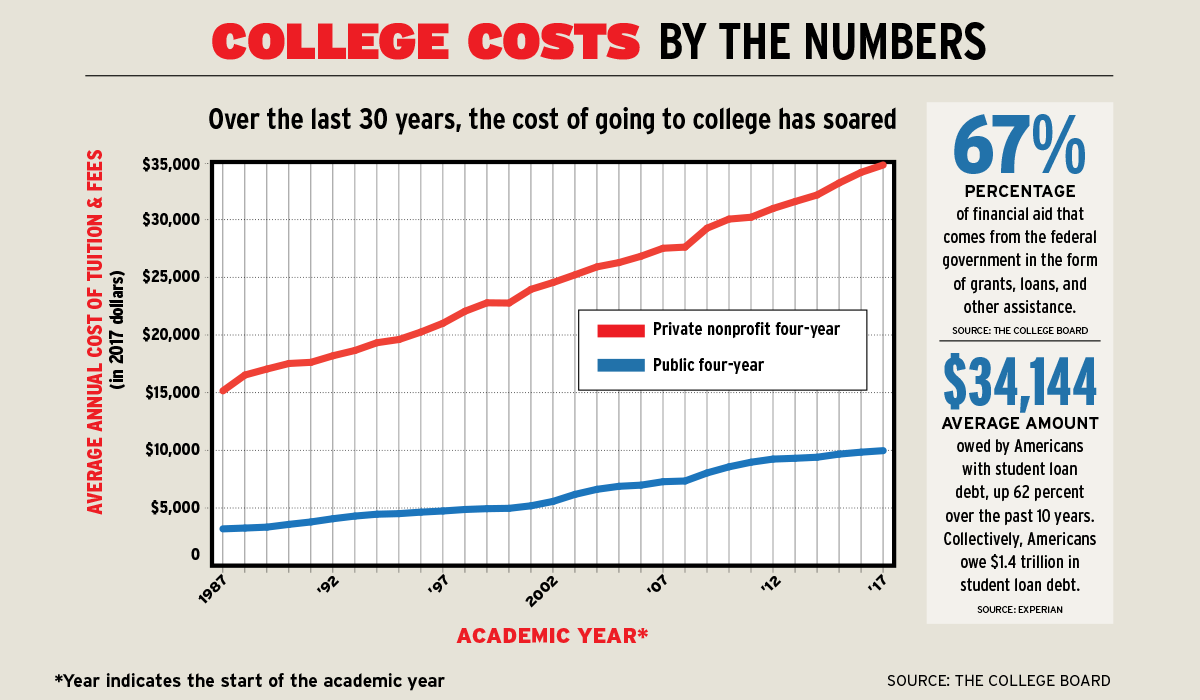Should college education be free? Obviously, we have some arguments for and against this idea, and we’ll also discuss its advantages and disadvantages, as well as the impact it would have on graduation rates. Here are a few points to consider:
Arguments for and against free college education
A good argument for free college is that it would enable bright young people to earn a degree and get better jobs. It would also remove the burden of student debt, which usually implies high interest rates and other negative consequences. In addition, a free college education would promote technological progress, since more educated people would have more options for career paths. However, it is important to consider the pros and cons of free college education before deciding which side to support.
Benefits
The United States would benefit greatly from a free college education. Today, many people are forced to take out student loans to pay for college. These debts are increasing by the year, and the number of students taking out loans is on the rise. From 2011 to 2015, the number of students with student loan debt increased by 39 percent. Ultimately, a free college education would give everyone an equal chance at a college degree.
Disadvantages
The Disadvantages of Free College Education Many opponents of the idea of free college education point to a number of problems. They say that by denying tuition to low-income students, they are inadvertently discouraging them from pursuing a higher education. Another problem is that students who receive free educations are not likely to show the same commitment to their studies that those who do pay tuitions display. Nevertheless, a recent study showed that the program did increase enrollment by 15 percent.
Impact on graduation rates
The impact of free college education on graduation rates should be measured by examining the numbers on the number of people who attend college and how many of those people persist. In the United States, college completion rates are low, especially for low-income students. In a study from Ohio, the state’s Accelerated Study in Associate Programs program increased three-year graduation rates for low-income students by 18 percentage points. Free college education would maximize the impact of such programs.
Costs
The cost of attending college can vary widely. Most families don’t pay the sticker price of a college after they receive financial aid and institutional grants. The sticker price is often lower than the total net price, which includes room and board, transportation, books, and other expenses. To find out whether the college you’re considering offers a good value for your money, read some of these college affordability tips. Listed below are some tips on how to get the best value for your college dollars.
Taxes
You can claim tax deductions for college expenses, as long as you can prove that you actually attended a qualified educational institution. Typically, this would be any accredited public, nonprofit, or privately-owned college or university. Some colleges and universities have tax-free college savings plans and may even offer scholarships or grants. This article provides a summary of some of the most common tax breaks for college education expenses. There are several different ways to maximize these benefits.

